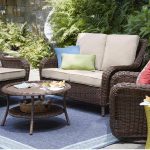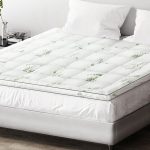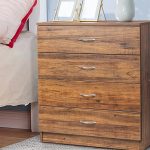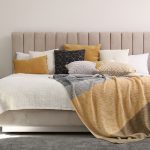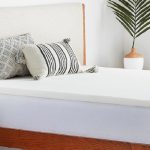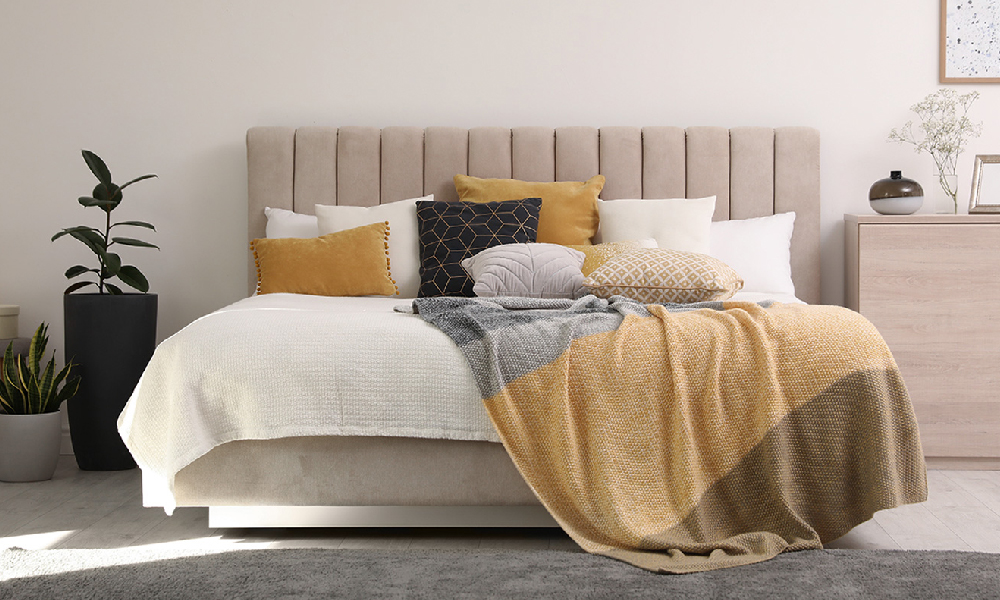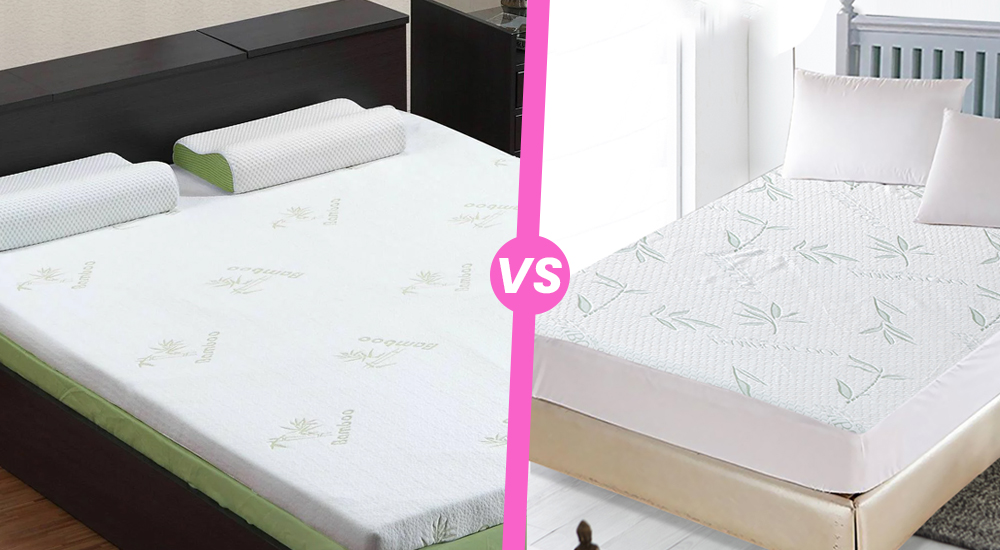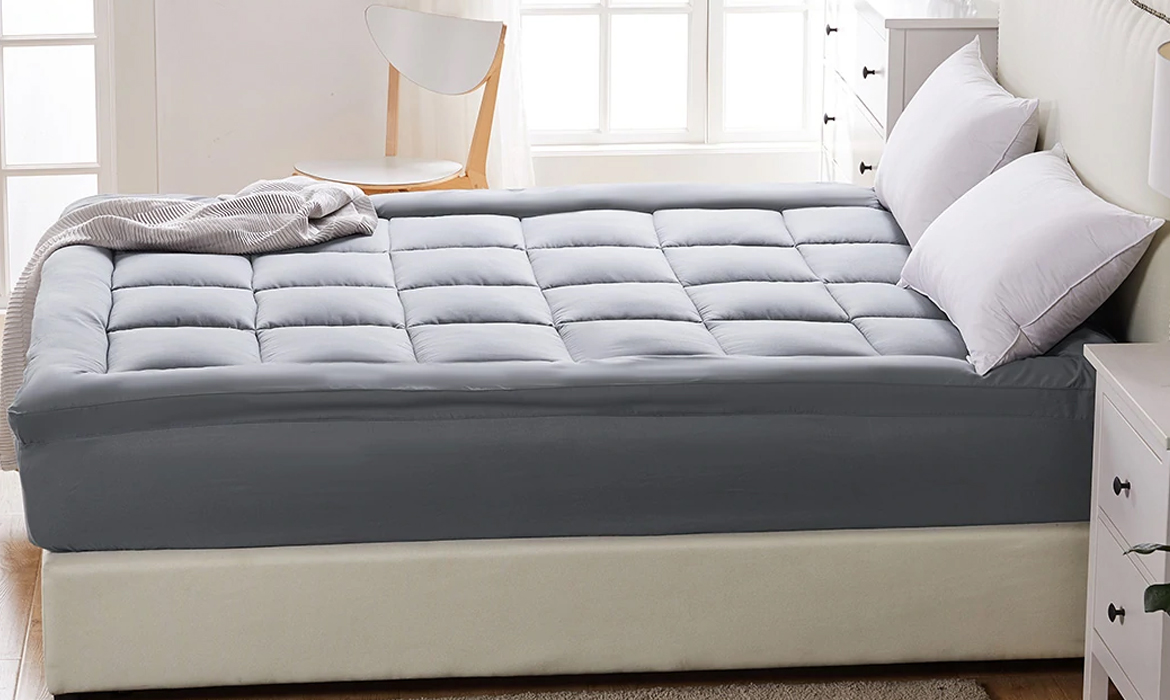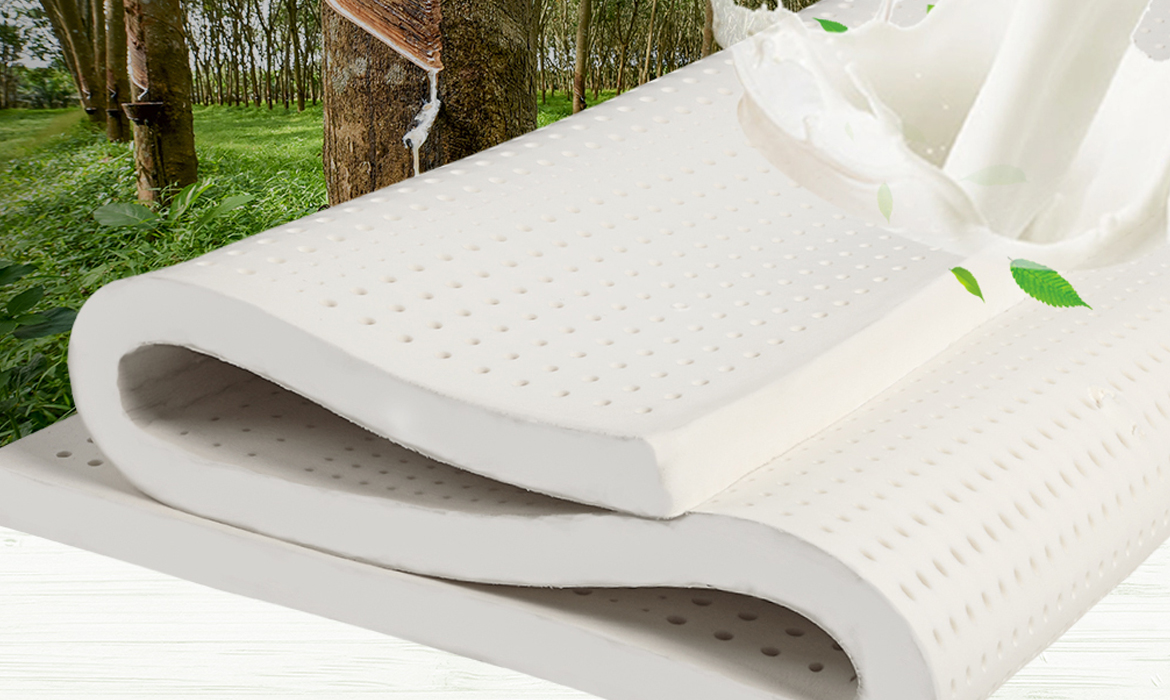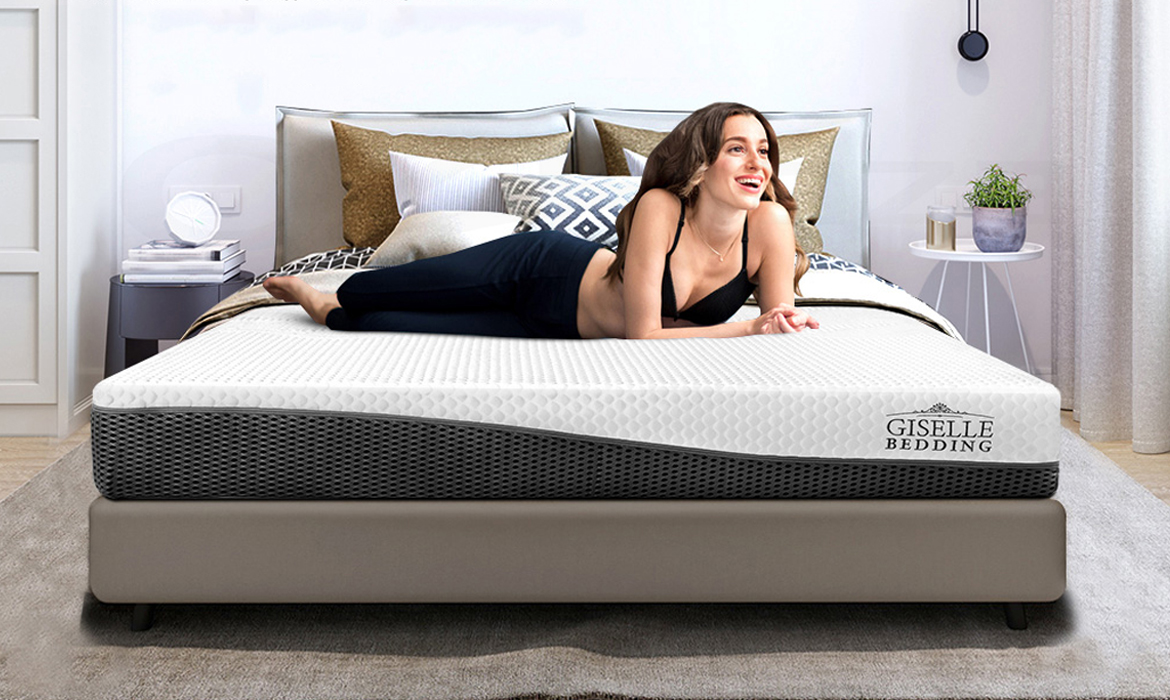Cart review
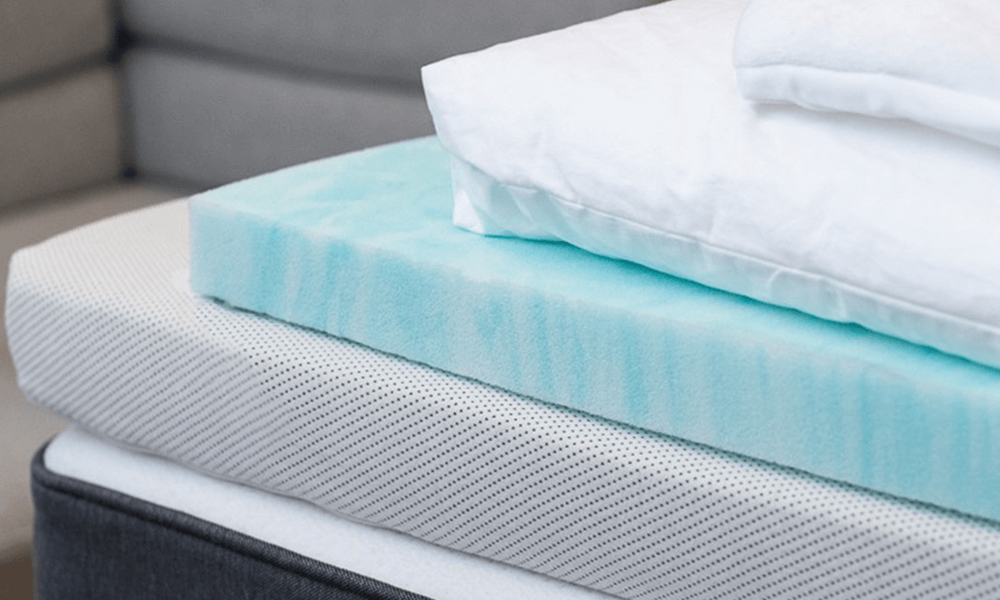
Common Types Of Mattresses On The Market
Introduction
If you’re in the market for a new mattress, you might be wondering what kind of mattresses to get. There are so many options out there that it can be hard to know where to start. To make sure you get the best deal on your new mattress, follow this guide and learn more about each type.
The Memory Foam Mattress
Memory foam is a popular choice for many mattress shoppers. It’s made up of open cells that absorb body heat and slowly return to their original shape, offering a comfortable, supportive sleeping surface that conforms to your body. If you’re looking for a soft mattress, memory foam might be the right choice for you.
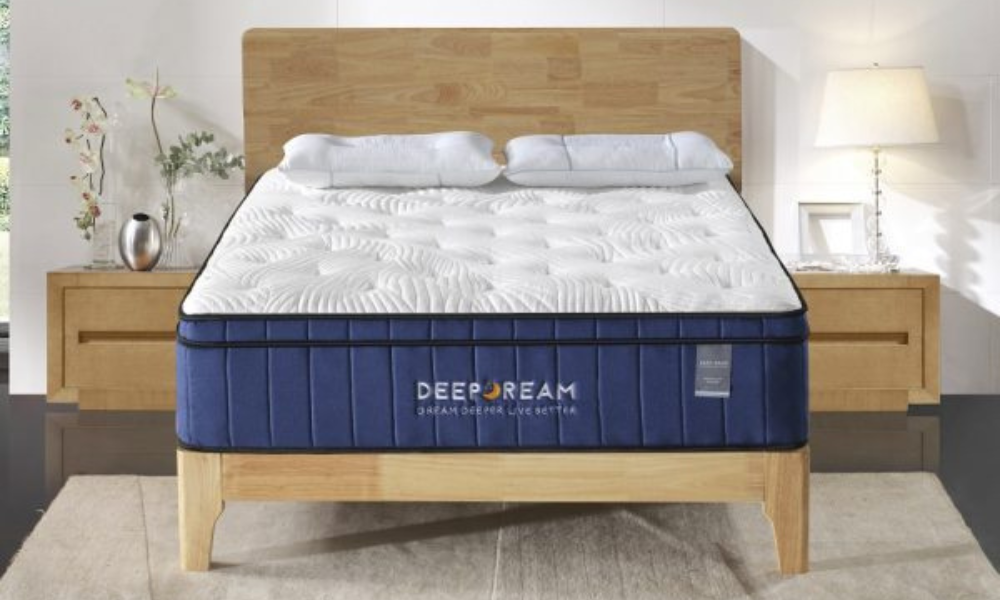
Memory foam mattresses are also an ideal option if you sleep hot. Memory foam traps heat in its top layer of material so it can more effectively absorb it from your body and provide better temperature regulation at night.
The Hybrid Mattress
The hybrid mattress combines two or more types of mattresses to create a new, unique product. The most common type of hybrid mattress is one that contains both memory foam and innerspring coils.
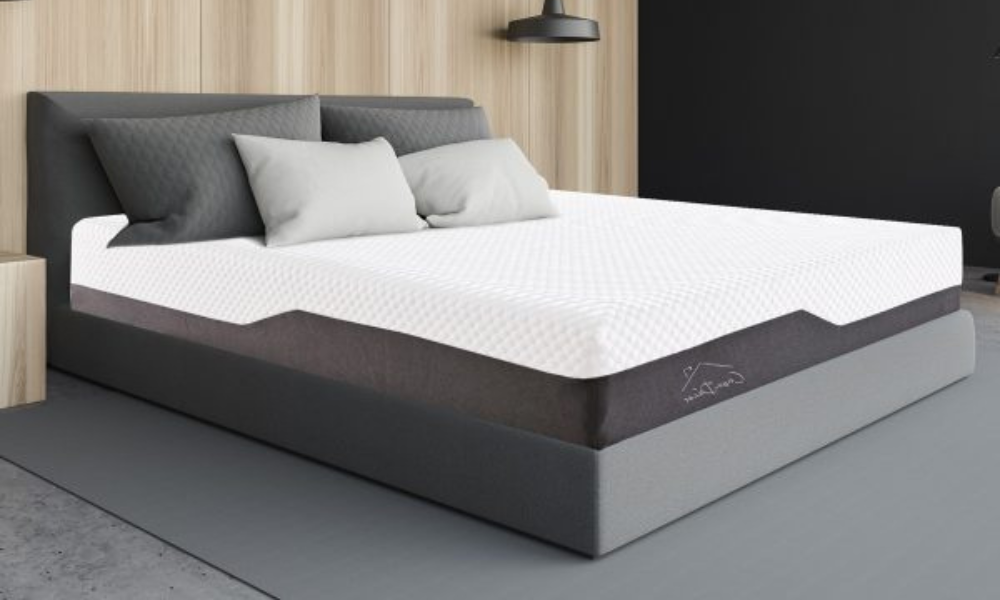
Hybrid mattresses can be a good choice for people who prefer the loftiness and comfort of memory foam but want more support than traditional innerspring mattresses offer. Many people who have tried these mattresses love them because they are so comfortable and soft while still providing enough support to relieve back pain.
Hybrid mattresses are typically sold at prices lower than those found at department stores or online retailers; this makes them an appealing option for shoppers on tight budgets! While there are several disadvantages to buying hybrid beds – including a lack of durability over time – many consumers agree that these pros outweigh any cons associated with owning them (which vary from person to person).
The Latex Mattress
Latex, like memory foam and innerspring mattresses, is a natural material. It responds to your body’s temperature and pressure points, so it can relieve pressure on the hips and shoulders while supporting your back.
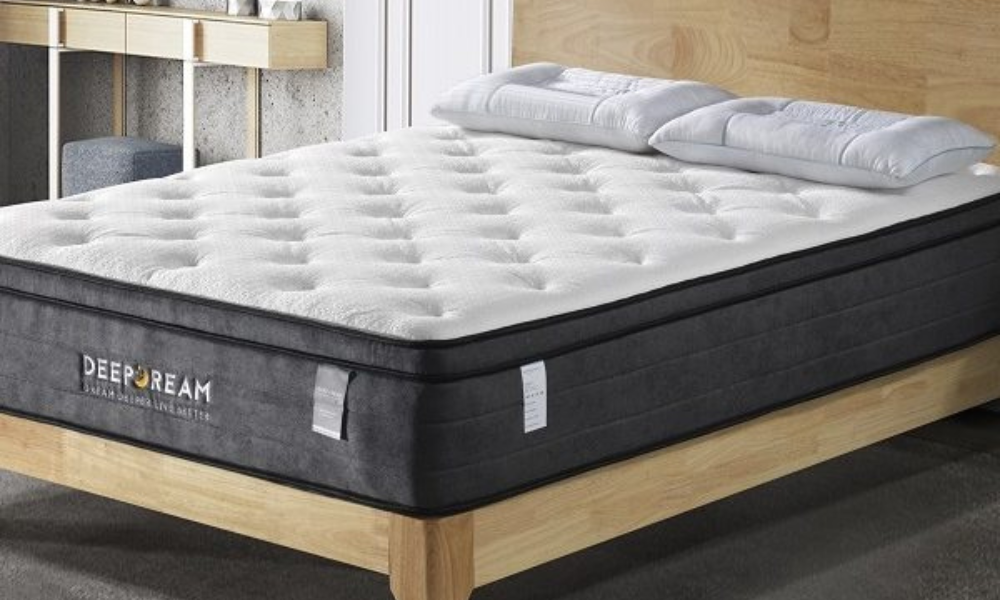
In addition, latex is hypoallergenic and durable—the latter quality being especially important if you tend to move around in bed or toss and turn at night. However, even though latex mattresses are supportive of all types of sleepers (and they’re often recommended for side sleepers), they’re also a bit pricier than some other types of mattresses.
The Innerspring Mattress
The innerspring mattress is the most common type of mattress on the market, making up nearly 80% of all mattresses sold. The innerspring mattress consists of coils, or springs, that are encased in fabric and surrounded by foam for comfort. The coil system provides support for your body as you lie down on it and helps distribute weight evenly throughout the surface area (a feature known as “load distribution”).
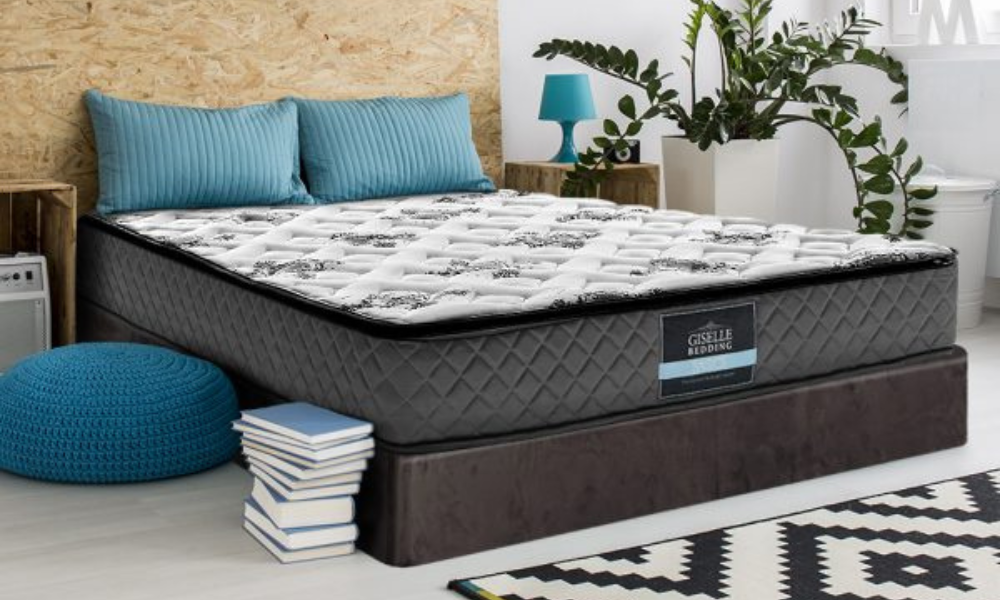
Spring mattresses come in a wide variety of different firmness levels but can generally be broken down into three categories: firm, plush and ultra-plush. In general, firmer models will offer greater support than softer models because they provide more resistance when someone sits or lies down on them—this means that people who weigh more may find it difficult to get comfortable on a softer model without sinking too far into its depths!
Springs themselves come in different sizes ranging from 1″ to 6″ tall; larger coils provide more bounce-back than smaller ones do which makes them perfect for side sleepers who need extra cushioning under their shoulders and hips while they rest there throughout the nighttime hours.”
The Airbed Mattress
Airbed mattresses lend themselves particularly well to camping enthusiasts. They’re portable, affordable, and durable enough to withstand the elements without sacrificing comfort.
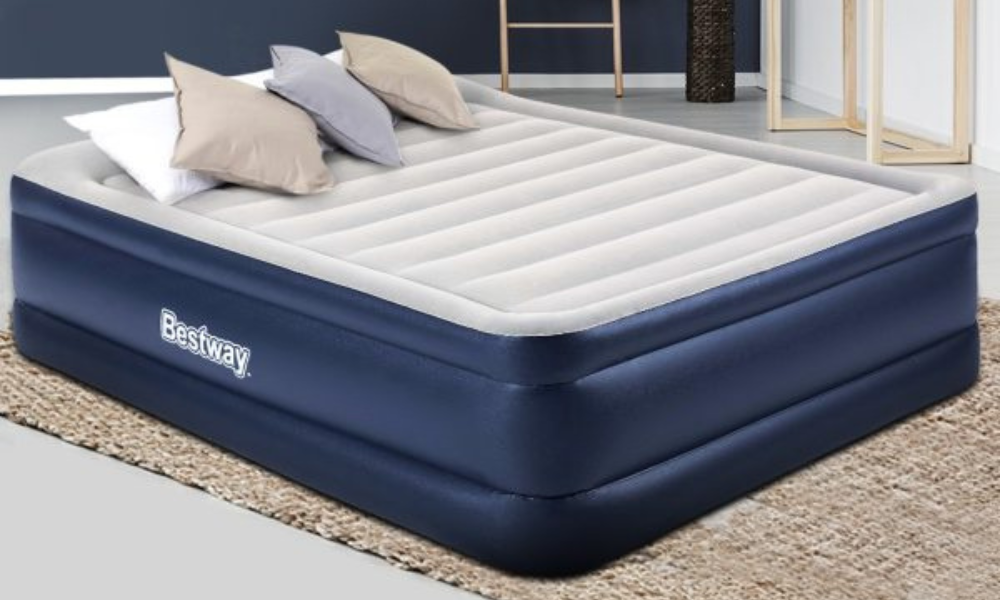
If you’ve never bought an airbed mattress before and are wondering whether it’s worth the investment, check out what airbed mattresses have to offer:
Airbeds are great for travel: One of the best things about an air mattress is that it’s easy to transport. Unlike traditional mattresses, which require a box spring or frame and must be rolled up for storage/transport, an air bed simply deflates when packed away in its carrying case—and inflates with just a few breaths of air when needed later on. This makes them ideal for use on family vacations or business trips where space may be limited or there aren’t any beds available at your destination (think RVs).
Air beds can be used indoors: Because they don’t require frames or foundations like traditional mattresses do, these inflatable cushions can also serve as extra seating around the house during movie nights or dinner parties—no need to worry about getting stuck on hard floors!
The Waterbed Mattress
The waterbed mattress has been around for a long time. Its popularity peaked in the 1970s and 1980s, but it has recently seen a resurgence in popularity. Waterbeds are known for their comfort because of all the water that surrounds you as you sleep, which is supposed to absorb any pressure points on your body.
Generally, this style of mattress is not as durable as other types of mattresses; however, it does last longer than most traditional foam or spring mattresses. Because of this lower durability and costlier materials used to make them (namely vinyl), they tend to be more expensive than other types of mattresses
The Adjustable or Convertible Mattress
The convertible or folding mattress falls into the category of hybrid mattresses, which means it can be used as a bed and a sofa. This type of mattress typically has two sides with different firmness levels so you can flip it over when one side becomes too soft to provide adequate support for your back.
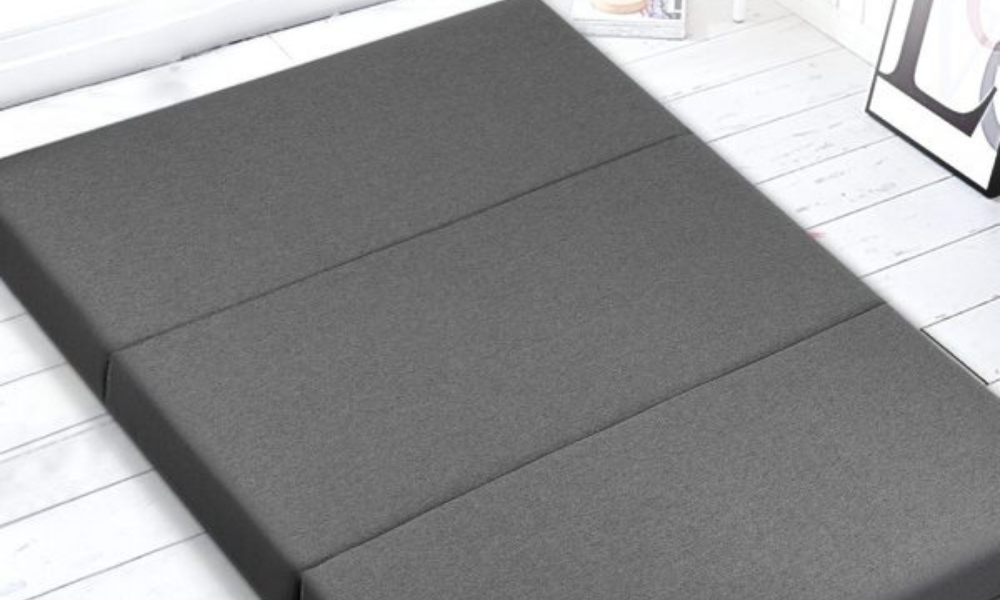
For example, a firm side can be used for sleeping while the softer side is best for sitting and lounging around. It’s also possible to find adjustable beds that feature different firmness levels on both sides making them suitable for more than just one activity at home. These types of mattresses work well in guest rooms since guests will appreciate having choices when it comes time to sleep or relax during their visit. Because these items are built with versatility in mind, they’re often available in larger sizes — such as California king-size beds or even sleeper couches — and therefore provide a great value compared to other types of mattresses on the market today!
The Futon Mattress
Futons, on the other hand, are made up of cotton or polyester and are popular in Japan. They’re less expensive than traditional mattresses but not as durable or comfortable.
On a futon mattress, there are no springs—the only support mechanism is foam rubber. The mattress itself is softer than a traditional spring-supported mattress and provides less support for your spine and hips over time; however, it provides more bounce than its traditional counterpart so you can wake up feeling refreshed after sleeping on it.
Mattress Shopping Is a Lot Easier When You Know The Basics Of Your Options.
Mattress shopping is a lot easier when you know the basics of your options.
To help with this, here’s an overview of some common types of mattresses and what to look for in each type.
Innerspring: These are the most common type of mattress on the market today and they come in several different styles, such as pocketed coils (or pocket springs), open coils (or Bonnell), continuous coil, or wire-cut edge. The type you choose will depend on how firm or soft you like your sleep surface to be; softer coils tend to offer more comfort but won’t last as long as firmer ones like Bonnells or wire-cut edges that can withstand heavier use over time.
Foam: Foams include memory foam (Visco), latex rubber mattresses or natural latex mattresses that are both durable yet comfortable since they conform so closely around your body’s curves; these are usually good choices for back pain sufferers but may not suit those seeking additional support under their bodies’ pressure points like shoulders or hips because they tend not be as firm as other options out there today depending upon which one is chosen by consumers who want something more supportive than soft yet still somewhat flexible enough where it won’t cause pressure points while sleeping on them every night without fail over years’ worth time spent sleeping next morning after another day spent working hard every single weekday during regular hours before going home late at night without fail thus causing exhaustion due lack sufficient restorative sleep necessary replenish energy depleted during waking hours spent performing functions required daily throughout workday plus weekend work shifts during weekdays too!
Conclusion
With so many options to choose from, it can be hard to decide which mattress is right for you. But don’t worry! We’ve covered all the basics here so that you can shop with confidence when it comes time to buy a new one. Happy shopping!
Related Posts

